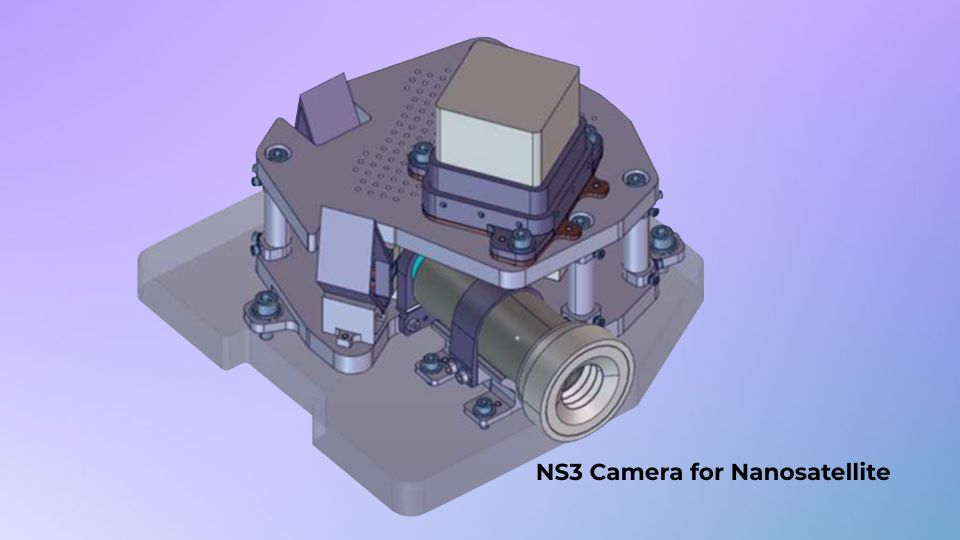The NS3 project aims to revolutionize the observation of interactions between humans, the biosphere, and the climate. It focuses on the mechanisms of the carbon and water cycles, which are influenced by human activity, in order to better understand their mutual impacts. Thanks to high-resolution, compact imaging technology, NS3 enhances observational precision by shifting from a kilometric scale to a decametric scale, offering unprecedented detail on local dynamics.
A Major Technological Breakthrough for Improved Detection of Atmospheric Phenomena
The project’s key innovation lies in disaggregating wide-spectrum atmospheric observations—the current state-of-the-art—to isolate specific parameters such as CO₂, methane, temperature, and water vapor. By targeting these data points, researchers significantly improve measurement accuracy and open new perspectives for environmental monitoring, natural resource management, and sustainable urban planning.
Multiple Applications and Technological Challenges Ahead
NS3 is based on the development of advanced sensors, image processing algorithms, and communication systems tailored for mobile, airborne, and space-based environments. One of the major challenges is miniaturizing components. These innovations are essential to making imaging technologies more accessible and effective across a range of sectors, including climate change monitoring, forest management, and natural disaster prevention.
An International Collaborative Effort
NS3 operates within a collaborative research framework that brings together industrial and academic partners, as well as space agencies such as CNES, ESA, and EUMETSAT. This cooperation helps transform NS3 into a robust development platform.
Significant Environmental and Industrial Impact
With its advancements, NS3 paves the way for new approaches to climate observation and management, offering tools capable of anticipating and mitigating the impact of human activities on the biosphere. The project is fully aligned with the goals of ecological transition, while also strengthening the competitiveness of the French and European industries in the field of Earth observation technologies.


